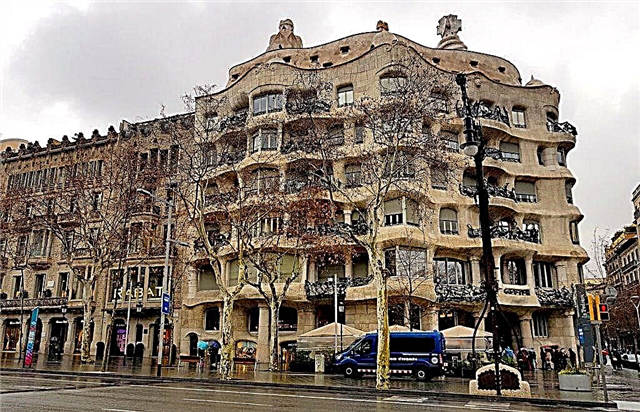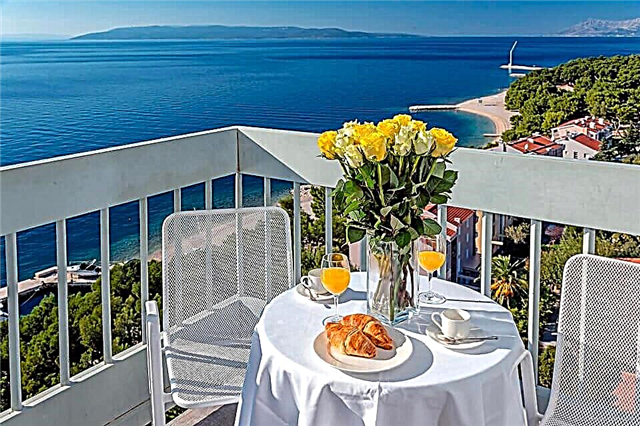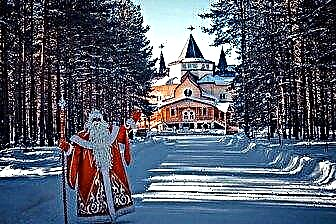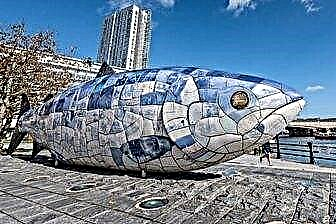Address: Estonia, Tallinn, st. Vienna
Foundation date: XIII century
Coordinates: 59 ° 26'17.2 "N 24 ° 44'53.8" E
Content:
Short description
In Old Tallinn <, between Vene and Murivyakh streets, there are the ruins of the Dominican monastery - the courtyard and the premises of the eastern wing.

The history of the monastery dates back to 1229, when Dominican monks settled in Tallinn Vyshgorod and erected the first monastery buildings... However, constant feuds with the knights-sword-bearers soon forced the brothers-preachers to leave the city. After 17 years, the Dominicans, led by Daniel from the Swedish island of Gotland, returned to Tallinn again. This time they chose a place for themselves in the Lower City and over the centuries built an impressive monastery ensemble here.
The main pride of the Dominicans was the huge church of St. Catherine (Catherine), which had no equal in size in the whole of medieval Tallinn. In the troubled days of the Reformation in 1524, the Lutherans, who were at war with the Catholics, destroyed the Catherine's Church, and after 6 years a terrible fire practically destroyed the monastic monastery, turning it into ruins.

Dominicans in Tallinn - the watchdogs of the Catholic faith
The remains of a Dominican church with two portals and tombstones can be seen walking along the north side of St. Katarina... The gravestones, now built into the wall of the temple, were discovered in 1874 by the Tallinn merchant Koch, when he planned to build a warehouse on the site of the ruins. The oldest tombstone (now the first from the corner of the church building) belonged to the wife of the city master Kunigunda Schotelmund, who was buried in 1381.
A portrait of Kunigunda, dressed in a cape with a long hood, is carved on the stone, and two dogs are depicted at the woman's feet. According to one version, dogs symbolize loyalty, according to another, it is the emblem of the Dominicans, who accepted Kunigunda into their order 630 years ago. As legend has it, the mother of St. Dominica de Guzman, the founder of the community of preachers, saw an evil dog in a dream on the eve of her son's birth.

The image of a dog with a lit torch in its mouth was chosen as a symbol of the Dominicans, which is reflected in the name of the order - translated from Latin, the word "Domini canes" means "The Dogs of the Lord." The emblem corresponded to the mission of the order: with the mercilessness of an evil dog, the Dominicans guarded the church from heresy with the help of prisons and executions, led the courts of the Inquisition and carried the light of faith, preaching the Gospel and studying the sciences. In the Middle Ages, at the Tallinn monastery of the Dominican order, there was a school where commoners were taught art, philosophy and theology. The merchants of the Brotherhood of Blackheads took the Tallinn Dominican monastery under their patronage, they made donations, bought church utensils for the church of St. Katarina. The Niguliste Museum still houses an altar commissioned by the brotherhood in the Belgian city of Bruges for the Catherine Church.

A mystical journey through the Dominican monastery
Today, a branch of the Tallinn City Museum has been opened in the preserved premises of the monastery - the chapter hall, the sacristy, the refectory, etc.... The exhibition features works by stone craftsmen, and concerts are held in the courtyard in summer. Excursions are organized for tourists: at the entrance to the monastery, guests of the city are met by a guide and minted to each a gift ticket in the form of a coin with a picture of a dog. After that, the "mysterious monk" presents the guests with burning torches and, together with the travelers, walks through the labyrinths of the monastery. In the courtyard, tourists visit the so-called "Wishing Well", in which the Dominicans used to prepare the monastery liqueur. Traditionally, a coin needs to be thrown into a well, and then hopes and aspirations will come true. During walks through the cells and cellars, shadows-ghosts in weightless robes dance on the walls, and at the sight of them, impressionable visitors freeze blood in their veins.

To get rid of the glamor, all sightseers are treated to monastery liquor, and then they are taken to the "Mystical room" in the basement, where there is an energy column right in the center, above the dome. Here tourists, like the Dominicans, can energize their depleted forces.











